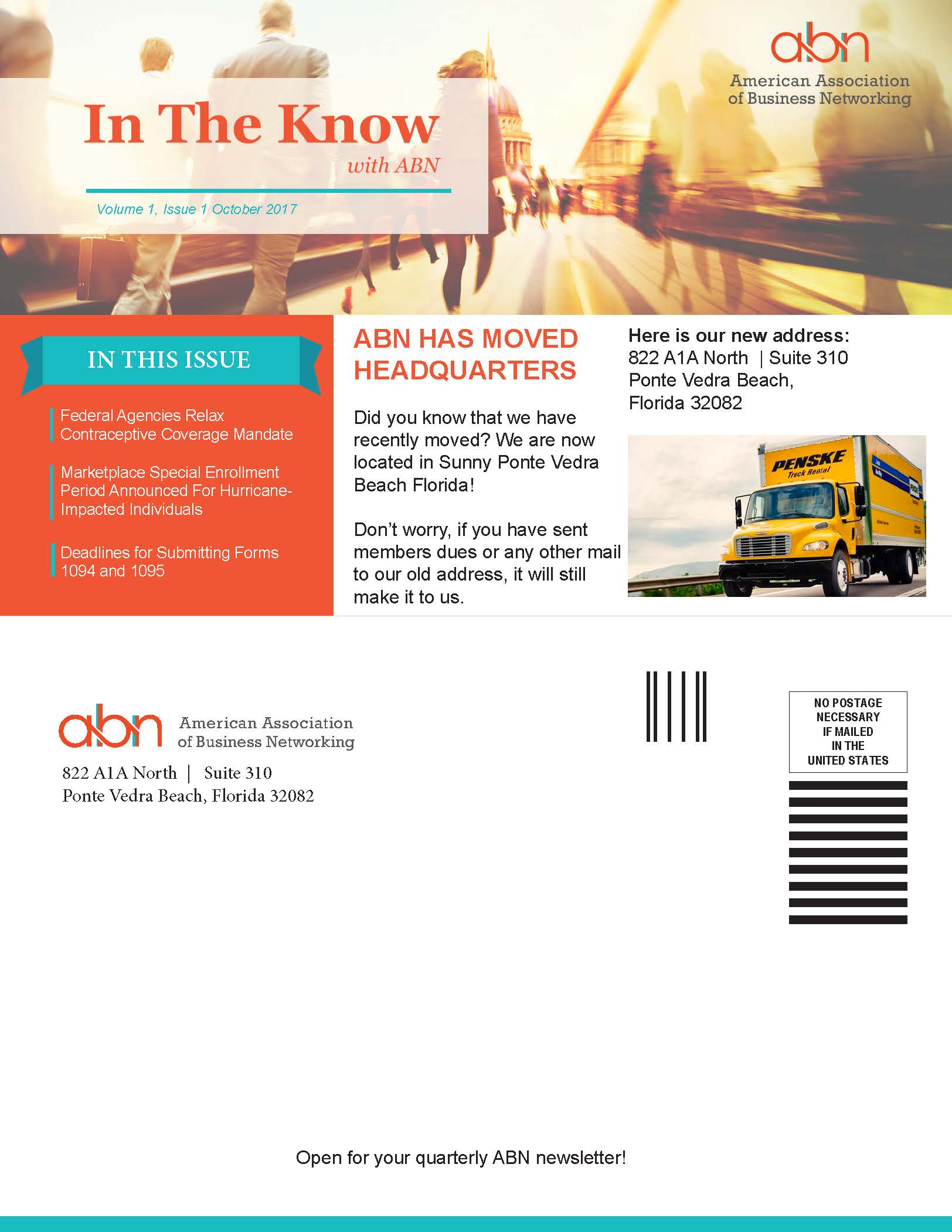IRS Will Not Accept Forms 1040 That Omit Health Coverage Information
IRS Issues Guidance for Taxpayers on Reporting Health Coverage
The IRS has announced that the upcoming 2018 filing season will be the first time that it will not accept electronically filed tax returns until taxpayers report their health care coverage pursuant to the individual shared responsibility provision (“individual mandate”) of the Affordable Care Act. In addition, returns filed on paper that do not address these requirements may be suspended pending the receipt of additional information, and any refunds may be delayed.
Background
The “individual mandate” (also known as individual shared responsibility) generally requires every individual to have minimum essential health coverage for each month, qualify for an exemption, or make a payment when filing his or her federal income tax return. More detailed information about the individual mandate is available in IRS Q&As.
IRS Instructions
To avoid refund and processing delays when filing 2017 tax returns in 2018, the IRS is instructing taxpayers to indicate on their Forms 1040, U.S. Individual Income Tax Return, whether they (and everyone on their return):
- Had minimum essential health coverage;
- Qualified for an exemption from the coverage requirement; or
- Are making a payment.
Click here to read the IRS guidance in its entirety.











